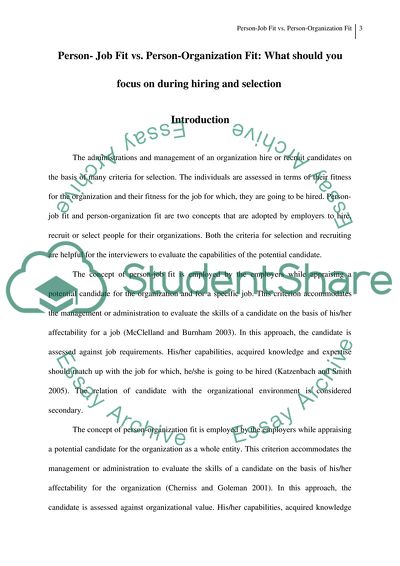Cite this document
(Approaches to Managing People in Organizations: Person-Job Fit vs. Per Research Paper, n.d.)
Approaches to Managing People in Organizations: Person-Job Fit vs. Per Research Paper. https://studentshare.org/human-resources/1717712-2-managing-people-in-organizations-2-person-job-fit-vs-person-organization-fit-what-should-you-focus-on-during-hiring-and-selection
Approaches to Managing People in Organizations: Person-Job Fit vs. Per Research Paper. https://studentshare.org/human-resources/1717712-2-managing-people-in-organizations-2-person-job-fit-vs-person-organization-fit-what-should-you-focus-on-during-hiring-and-selection
(Approaches to Managing People in Organizations: Person-Job Fit Vs. Per Research Paper)
Approaches to Managing People in Organizations: Person-Job Fit Vs. Per Research Paper. https://studentshare.org/human-resources/1717712-2-managing-people-in-organizations-2-person-job-fit-vs-person-organization-fit-what-should-you-focus-on-during-hiring-and-selection.
Approaches to Managing People in Organizations: Person-Job Fit Vs. Per Research Paper. https://studentshare.org/human-resources/1717712-2-managing-people-in-organizations-2-person-job-fit-vs-person-organization-fit-what-should-you-focus-on-during-hiring-and-selection.
“Approaches to Managing People in Organizations: Person-Job Fit Vs. Per Research Paper”. https://studentshare.org/human-resources/1717712-2-managing-people-in-organizations-2-person-job-fit-vs-person-organization-fit-what-should-you-focus-on-during-hiring-and-selection.


